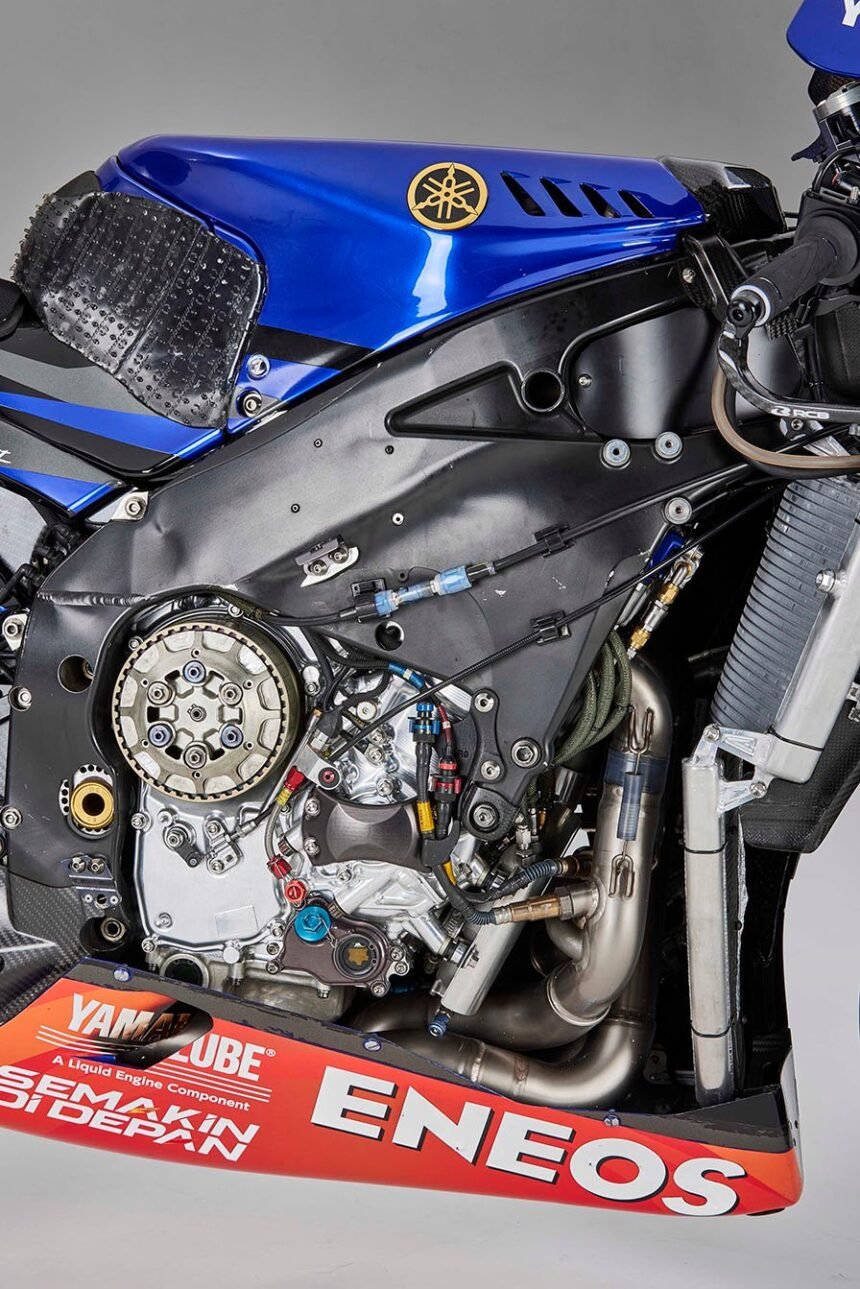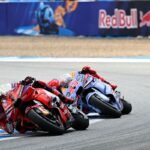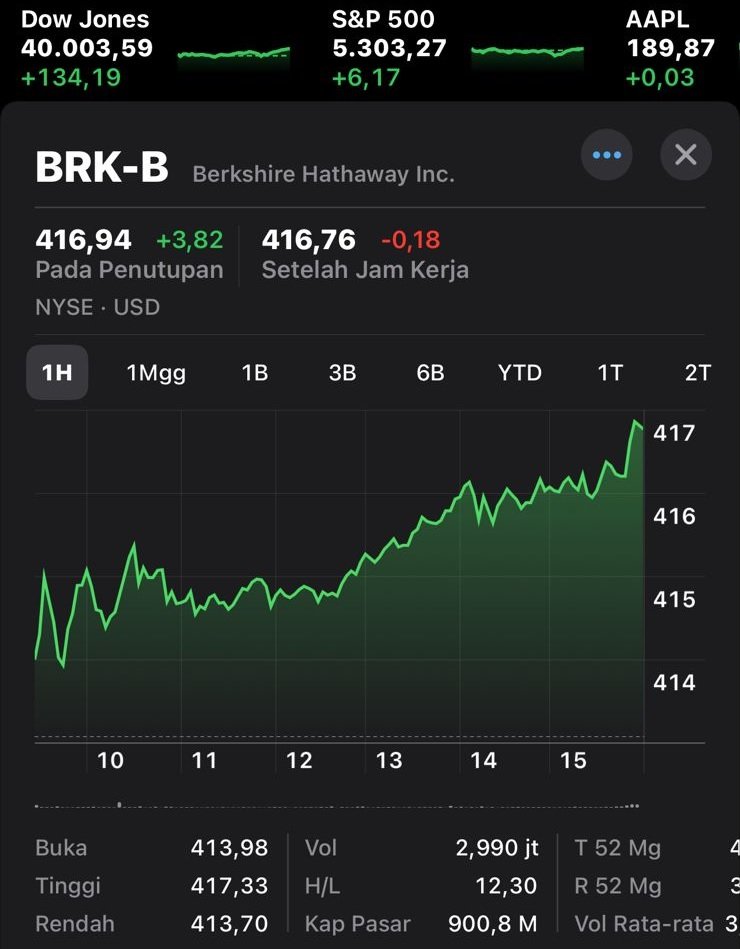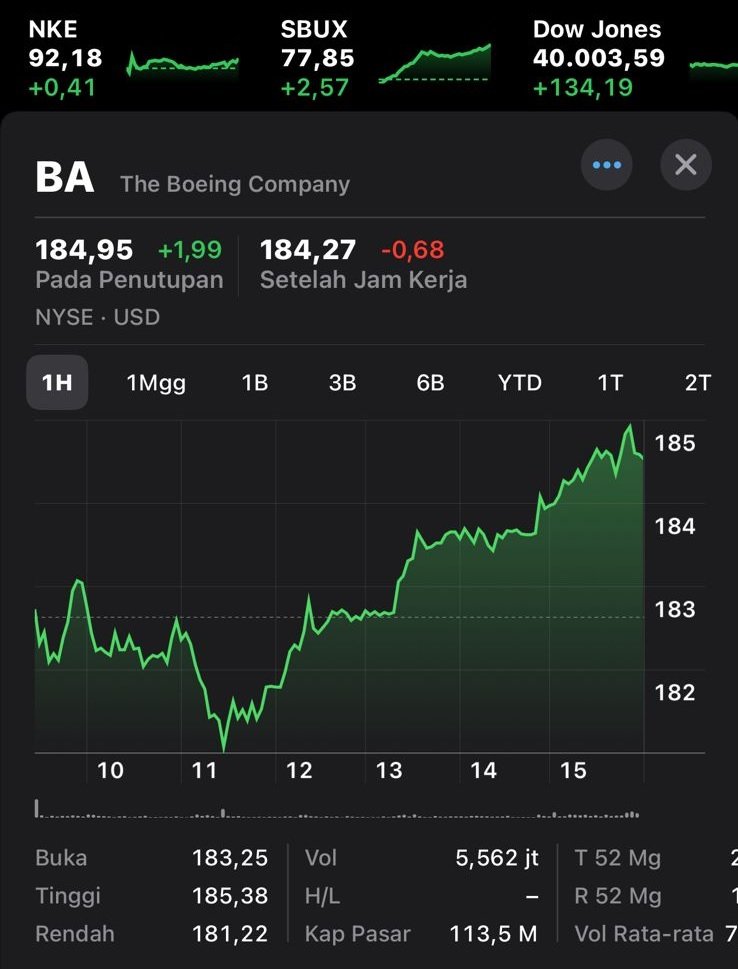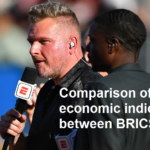In the previous article, we discussed a little in detail about several points of prospective new MotoGP technical regulations which will be effective starting in the 2027 season. The massive technical changes, especially on motorbikes, are so massive that all manufacturers basically have to prepare from now on to parallel motorbike research during this current season with future motorbikes for the 2027 season, which may initially be lighter if MotoGP freezes engine development at this time or perhaps starting next year. for two seasons so that the manufacturer can focus and have lower costs on developing the 2027 MotoGP engine package. .
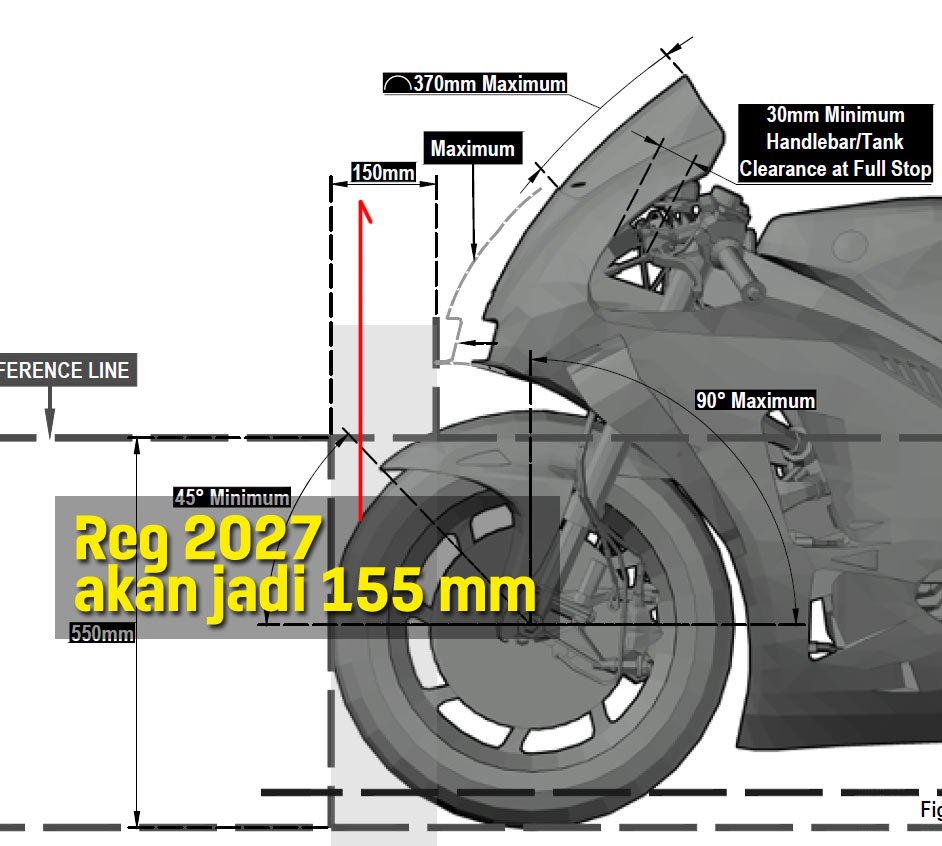
There are many points that can be discussed, such as tightening dimensions and aero-body homologation, banning Ride Height Devices/RHD and Holeshot Devices to reducing engine cylinder cubication, reducing the number of engine allocations and the number of gearboxes. However, apart from that, We is thinking that there will be two more technical things that could possibly surprise you and have the potential to change the power map of the 2027 MotoGP competition.
The first is about the specifications of the 2027 ECU. In general, in the pre-MotoGP Le Mans 2024 announcement, the electronic specifications of the ECU have not been specified. The supplier has not been mentioned, although almost everyone is speculating strongly that Magneti Marelli will again receive a tender for the procurement of electronic specs for MotoGP motorbikes starting in 2027.

In general, you need updated electronics if you look at changes in the technical specifications of the motorbike, especially the cubic capacity which will drop to 850cc later. For 2027, engine capacity is reduced by reducing the bore diameter, from 81mm to 75mm. This allows the engine to maintain almost the same stroke: 48.5mm as the current generation 1,000cc MotoGP engine, where the 850cc bike of 2027 will use a 48.1mm stroke. The RPM of the 850cc engine is expected to be between 18,000 and 19,500 RPM – in general, it will still be similar to current 1,000cc motorbikes.
If you look at the engine RPM, they are indeed similar, but if you also look at the reduction in the diameter of the piston size (bore) from 81mm to 75mm, it will have an impact on the engine character. At a minimum, a smaller valve size is needed, which means the flow of the air-fuel mixture will be faster based on the venturi effect. A faster flow speed will have the potential to create more homogeneous swirls of the air-fuel mixture and better and more effective combustion in the sense that more of the combustion is converted into power.
In general, even though the 850cc engine is still an overbore engine, its character is ‘more overstroke’ than the previous 1,000 cc engine. And in general, the new character will provide greater torque over a wider rev range compared to engines with larger capacities. . .
The fact that the torque band is larger fits with the presence of a reduction in the number of gearboxes from the initial 24 units to 16 units later. By having greater torque, and a wider torque to RPM band, it will give engineers leeway in setting the gearbox ratio combination.
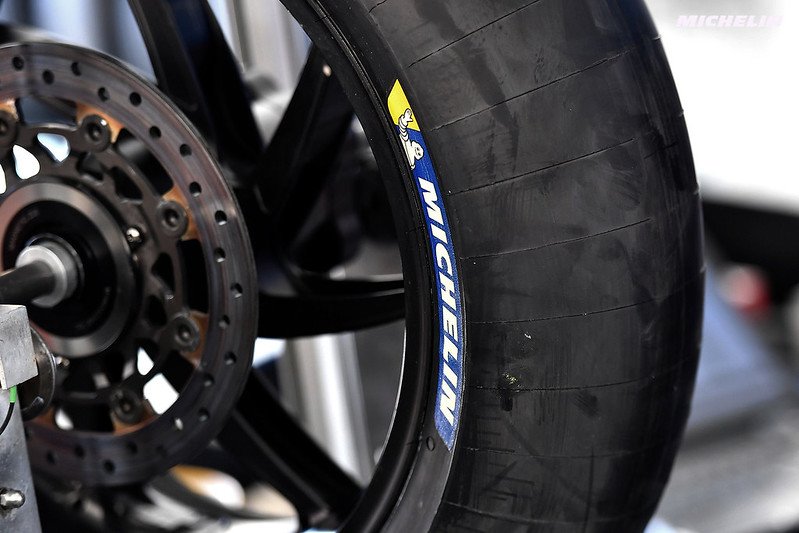
Apart from that, reducing the amount of fuel and also eliminating RHD and holeshot devices which are basically mechanical anti-wheelie devices requires more electronic compensation. In this case all eyes will certainly turn to Magneti Marelli. The question is, what will the MM electronic algorithm look like in 2027? Would it give manufacturers more flexibility to provide as many interruptions in terms of anti-wheelie, engine braking and so on, as with in-house electronic ramps. . I don’t know, what is certain is that if the electronics are still ‘bad’, of course all the manufacturers will try their best because they feel that the electronics do not guarantee more safety for the motorbike and rider.
The second thing of course is about tires. As we know, the current tire supplier contract is Michelin, which has a contract until the end of the 2026 season. If, for example, in 2027, the tire supplier moves to Pirelli, for example, this will clearly surprise all manufacturers who are not surprised by the talkative ‘eeee chicken… chicken… chicken…’ that’s it, bro. The character of Pirelli as we can see at the WorldSBK, WSSP, WSSP300, Moto3, Moto2, RBRC and also ATC events is clearly almost 180 degrees different when compared to Michelin.
Pirelli has been successful in leading the WorldSBK race and has started the Moto2 and Moto3 journey very well, as proven by the presence of record-breaking lap times there. In general, Pirelli’s conduct is quite good in developing great trust in those responsible at Dorna. When asked about the potential to become the sole supplier of MotoGP tires, Pirelli was represented by Giorgio Barbier, Racing Director
Pirelli Motors said . . .
“. . “I predict MotoGP bikes will be heavily modified by 2027. We will follow these developments closely,”
Pirelli is generally softer and has greater deformation potential than Michelin. The character of the Pirelli front tire is grippier than the Michelin rubber. From here, even though it has different deformation and grip characteristics from Michelin, there are similarities between Michelin and Pirelli, namely that they require competent tire management. Pirelli cannot be driven continuously because there is a life-time for the tire rubber.
The different characteristics of these tires will obviously require a lot of changes to the electronic setup, chassis and suspension of the motorbike itself. It is alleged that all manufacturers are waiting to see whether Pirelli will replace Michelin? If it happens or even if it doesn’t happen, it would be better if the confirmation comes well in advance to make it easier to determine the development direction for the future 850cc MotoGP motorbike package.




